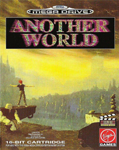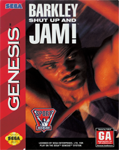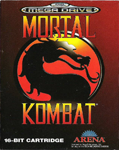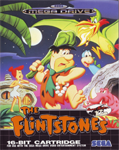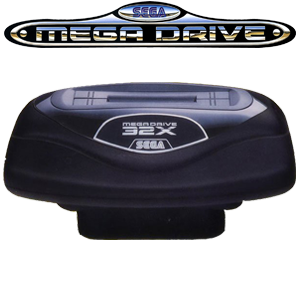
Sega Mega 32X
Released: 4th of December 1994
The Sega 32X is a large and heavy "mushroom-shaped" unit which plugs into the Mega Drive's cartridge slot. It was designed to be a permanent addition to a Mega Drive setup (unlike the Power Base Converter), acting as both a means to play specialised 32X cartridges, and as a passthrough device allowing normal Mega Drive games to be played. A provided plastic spacer ensuring it can fit inside most official versions of the Mega Drive console.
The Sega 32X plays its own cartridges which are designed to take advantage of the enhancements of the system. These cartridges which will not physically fit in a standard Mega Drive (nor any console produced since), and the setup is designed so as not to interfere with an attached Sega Mega-CD. Like the Mega CD, the 32X cannot function as an independent machine, and therefore always requires a powered Mega Drive to be present when in use.
Numerous factors led to the criticism over the 32X, but one of the major issues is encountered before the system is even switched on. The device requires its own AC adaptor, and a second physical connection to the Mega Drive console from the back of the unit. If the user also has a Mega-CD, this means no less than three power adapters are required (plus a fourth for a television). Both the AC adaptor and 32X Connector Cable are bespoke units - the AC adaptor is more common as it is identical to that seen with the Mega Drive 2 (though is not often covered by universal AC adaptors), but the 32X connector cable is unique to the 32X and was not sold separately (though third parties variants exist).
As an aside, the 32X's video encoder is of a slightly higher build quality than those usually found in later iterations of the Mega Drive, potentially resulting in a slightly clearer image when playing Mega Drive titles.
Furthermore, Sega's AC adaptors of the day were designed so that the transformer was located around the plug area, resulting in several bulky units obstructing surrounding sockets. Due to the extra space required just to plug the console into the wall, Sega eventually released their own Sega Power Strip in North America.
The 32X brings significant visual upgrades to the Mega Drive with inclusion of a 32X VDP, allowing the machine to display up to 32,768 on-screen colours (versus the usual 64 seen in Mega Drive titles) and render more 2D sprites at any given time. Combined with an added two Hitachi SH-2 32-bit RISC processors (also used for the Saturn), it is better suited to 2D scaling and rotation, and is capable of rendering texture-mapped 3D graphics.
Audio capabilities were also upgraded, including the addition of a PWM audio chip offering extra sound channels and QSoundtechnology, enabling multidimensional sound that allows a regular stereo audio signal to approximate the 3D sounds heard in everyday life (similar to binaural recording).
The 32X is compatible with the Sega Mega-CD, allowing the user to play one of six enhanced Sega Mega-CD 32X games. Its ability to access a wider palette of colours allows for higher quality full motion video than a standard Mega-CD, whose FMV games are in turn often derided for their lack of colour and detail.
Contrary to popular belief, the Sega 32X doesn't employ any regional lockout technology per se, instead relying on the region of the Mega Drive to determine the region of the unit. It does however have a set Genlock frequency which stops 50Hz (PAL) games from working on 60Hz (NTSC) units and vice versa. Due to the 32X only differentiating between frequencies and not region, the Japanese Super 32X and Genesis 32X are identical, and will work on either NTSC console. Much like region modifications on the Mega Drive and Saturn, this is easily changed with slight modifications to the unit, allowing for universal support of all games.















